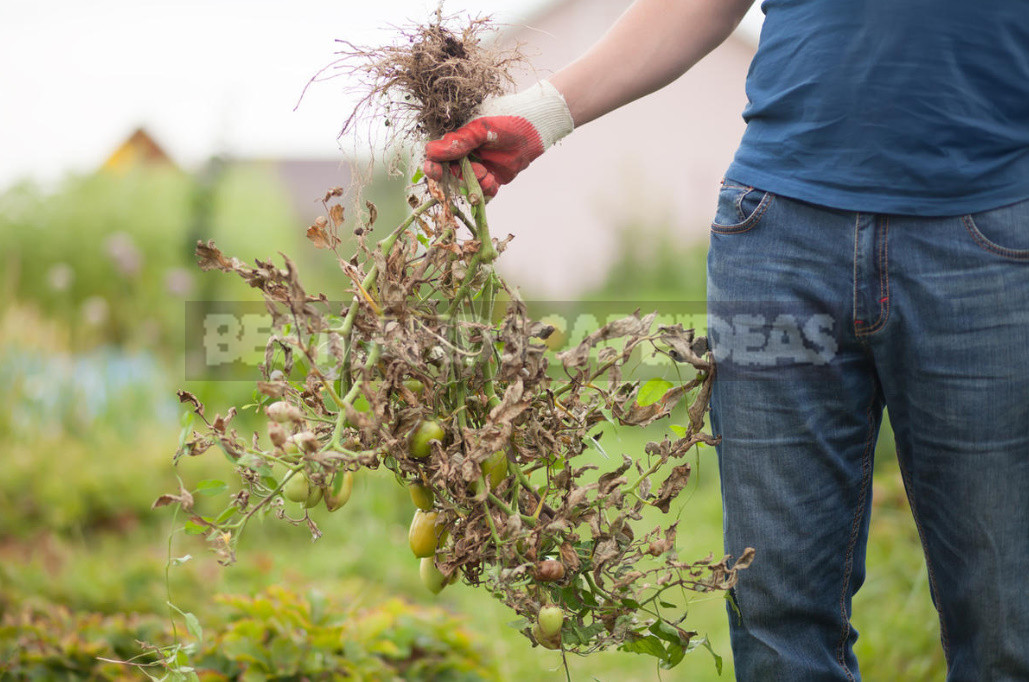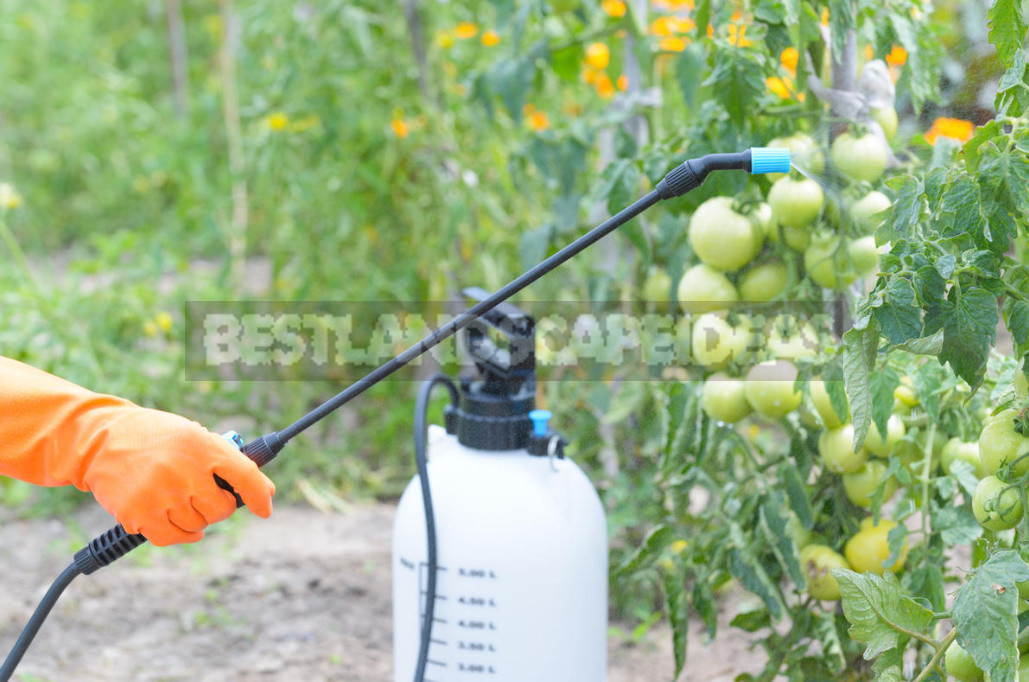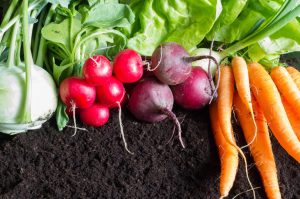
Diseases of plants, perhaps, can be attributed to the category of personal enemies of the summer resident. And it’s not just the unsightly appearance (blackened leaves, drooping shoots, mummified or covered with mold fruits), which brings despondency and spoils the mood… Diseases and do not think to be modest — sometimes a good half of the crop goes to them.
Naturally, the fight against them has been going on since time immemorial: first, the problem tried to solve the simplest ways — pruning (or cutting down) of diseased plants: time and effort such work took a lot, but its effectiveness left much to be desired. Then in the course went infusions and decoctions of plants, improvised folk remedies — is better, but completely solve the problem with their help, too, failed.
When gardeners and gardeners were already close to despair, the help came — against the natural pathogenic forms created in laboratories of synthetic fungicides were powerless. For a while… And then they adapted, and the next generations became resistant to drugs. Chemists increased the dose of poison — pathogens pull their socks up and gave even more resistant (almost indestructible) generation. The way was nowhere: the more powerful the drugs, the hardier the pathogens, the large doses required for their destruction, the more polluted the soil, air, water.

So there’s no way out? Well, of course you are! Only to solve the problem you need to approach differently. Put aside the bucket with another portion of the fungicide — going against nature, grossly violating the prevailing balance in it, we are a priori doomed to defeat. It’s time to remember about microscopic fungi that will protect plants much better than powerful drugs. Like a fairy tale? Well, Yes, we are so confident in their own power, and that thought can not admit that nature has its own mechanisms for plant protection, and completely safe for all living things. And many simply do not know about the existence of fungi-antagonists, so they are forced to use chemicals — because plants need to be protected. It’s time to fix the situation, and start right now!
What is trichoderm
Today we will talk about the fungi of the genus Trichoderma, which include species: T. lignorum,, T. koningii, T. reesei, T. harzianum, T. Viride, T. longibrachiatum, T. pseudokoningi, T. pilulifermum, T. polysporum, T. hamatum, T. aureoviride. Rare they can not be called: they inhabit the soil rich in organic residues — cultivated and virgin, forest, taiga and meadow.

Leaving scientific terms to experts, we will use the definitions clear to the ordinary summer resident that in the course of reading it was not necessary to use reference books. So, Trichoderma is a microscopic soil fungus-saprophyte, which:
- it feeds on organic matter (residues of plants and animals), actively decomposing it, enriches the soil with nutrients;
- it allocates biologically active substances that inhibit the development and reproduction of pathogens that strengthen plant immunity;
- a parasite on mushrooms-pathogens (using their bodies and mycelium for food), suppressing late blight and verticillus, root and fruit rot, decay of various etiologies, scab on vegetables, fruit and flower crops;

- enters into symbiosis with roots (mycorrhizae), enhancing plant nutrition;
- some species produce phytohormones (auxin, ethylene, cytokinin) that stimulate plant growth and development;
- synthesizes powerful natural antibiotics (trichodermine, viridine and others);
- actively involved in the synthesis of humus;
- structure the soil (enveloping the particles of the earth with a mycelium growing through them).
Here it is important to understand that Trichoderma — not a superhero, hurrying to help on our call – no! All of the above properties are extremely useful for the soil and plants — the products of its natural life.

Just imagine, a microscopic fungus can save our garden from such large-scale problems as:
- fusarium;
- late blight;
- alternaria;
- trachemys;
- black scurf;
- vertical withering;
- blackleg;
- various rot.
And this is not a complete list of defeated enemies!
Why drugs are needed
And here it is logical to ask the question: why do the plants in our areas get sick, why does the trichoderm not protect them? The answer is simple: it’s all about quantity. Mushrooms, like all living organisms, need certain conditions of existence (temperature, reaction and soil moisture, availability of food). If they are satisfied, they will develop (operating) at full capacity, if the conditions for their existence adverse — do not wait for successful returns, it may be so that the spores can’t germinate (for example, if the humidity of the substrate below 20%).

Do not discount the human factor — on soil biota detrimental effect of the use of chemicals (insecticides, fungicides, pesticides). Moreover, pathogens are much more resistant to synthetic fungicides than antagonistic fungi. If the soil is dominated by pathogens — plants will spend all their strength to fight them: what kind of immunity and harvest can we talk about!




Leave a Reply